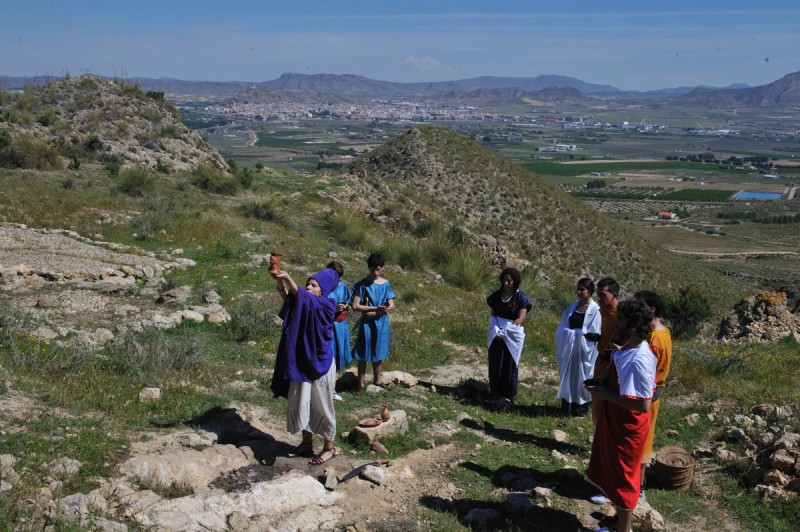
The settlement in the Sierra de Santa Ana dates from over 2,000 years ago Coimbra del Barranco Ancho is the name given to an archaeological site in Jumilla which contains the remains of an Iberian settlement dating from the 4th to the 2nd century BC, and which consists of a main walled residential area, a sanctuary or place of worship and three burial grounds. (Click for detailed information about the Iberians, who they were, how they lived..
READ MORE
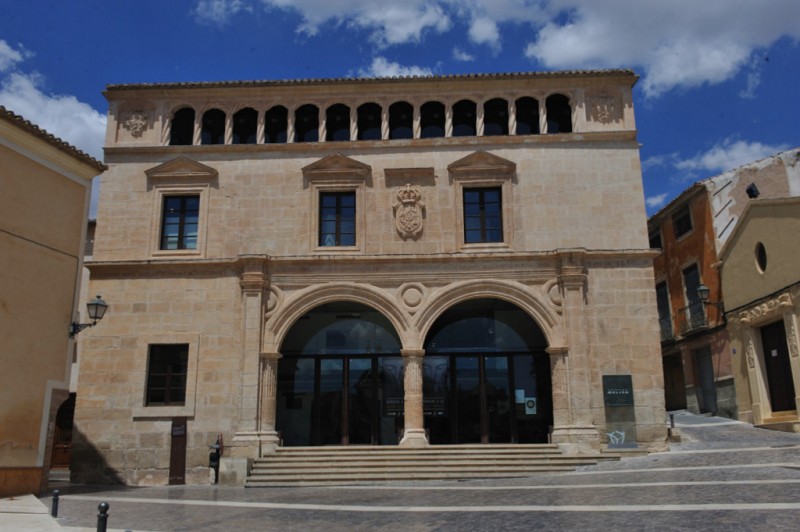
An impressive collection of items from found at various prehistoric sites in Jumilla This important archaeological museum was founded on the suggestion of the man after whom it is named, Jerónimo Molina García, who in the 1950s was the first to undertake the excavation of the Coimbra del Barranco Ancho site. Here he discovered an Iberian settlement dating from between the 4th and 2nd centuries BC (click to read a detailed history of Jumilla..
READ MORE

From Yecla and Moratalla in the north to Isla Plana in the south, Murcia was home to cave-dwelling artists as long as 10,000 years ago Hidden away in caves and rock shelters of the Murcia countryside is evidence that the forefathers of modern humans inhabited these lands millennia ago, and that their first leanings towards artistic creativity found a means of expression in the primitive images they formed on the walls of their shelters in rocky..
READ MORE
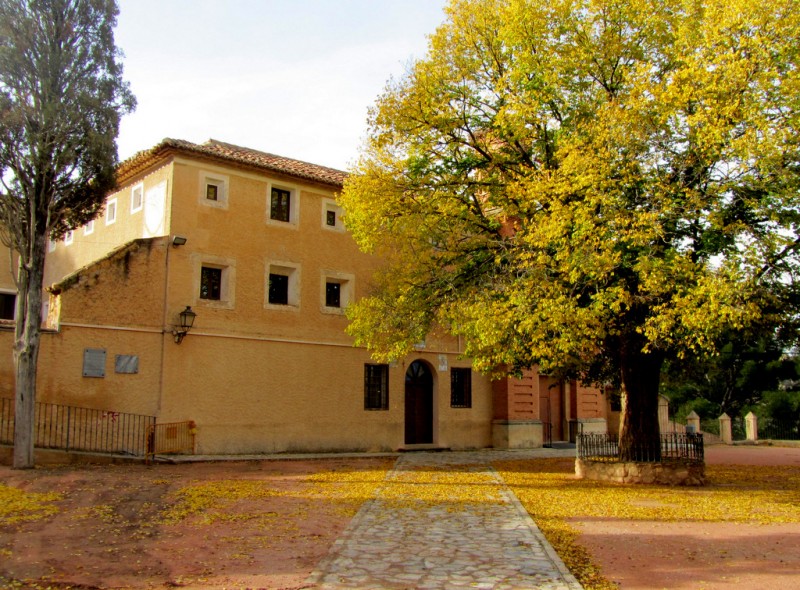
Panoramic views and a wealth of artistic heritage in the mountains south of Jumilla This monument is variously known as the Monastery, Sanctuary or Convent of Santa Ana del Monte, and stands high up in the mountains to the south of Jumilla, affording excellent views out over the town and further. It is a popular destination among walkers and cyclists and is well worth a visit purely to admire the landscape, but at the same time there are important..
READ MORE
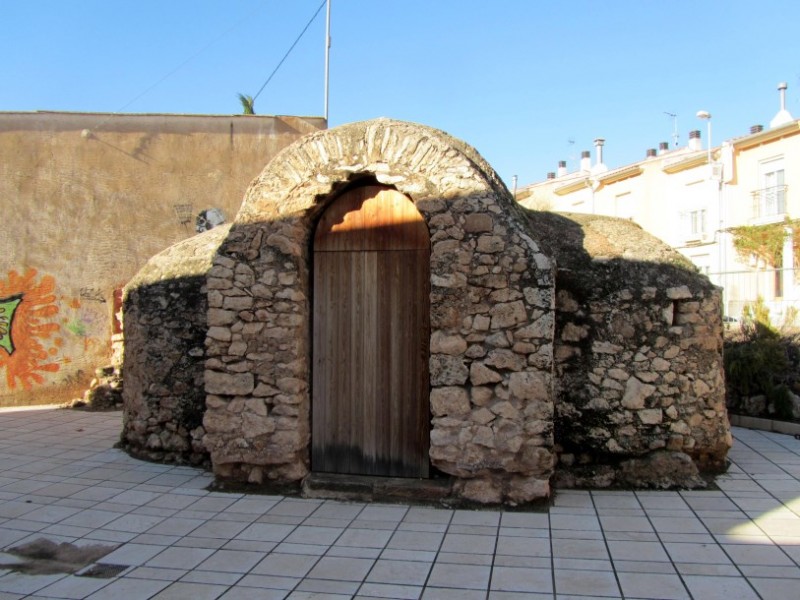
The building dates from the latter part of the Roman occupation of Spain One of the most historically interesting buildings in Jumilla is in fact one of the least impressive in architectural terms, and stands in Calle El Casón in the south-western outskirts of the town. El Casón is very small as buildings go, measuring only just over 3 metres by two metres and reaching a height of no more than 2 metres, but the reason for its importance..
READ MORE
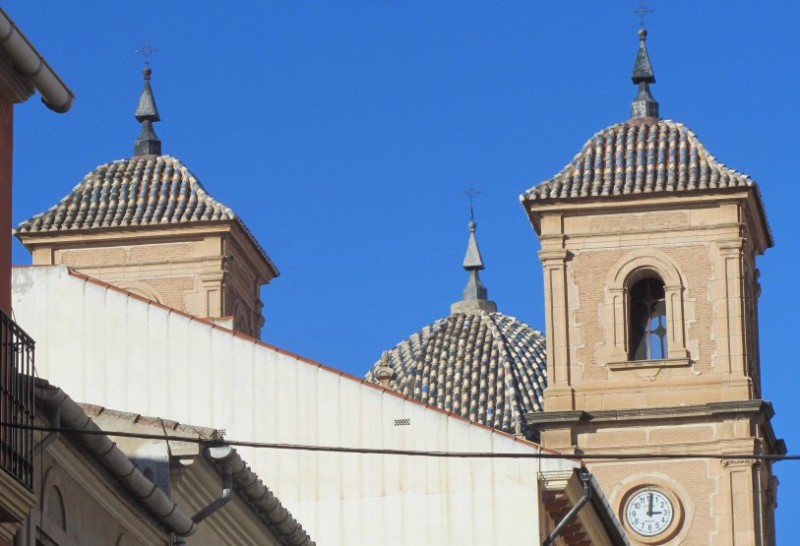
A small church converted into a Murciano baroque temple The Iglesia del Salvador is one of the largest churches in Jumilla, but despite its size it is hard to appreciate it from the outside, as it is located in the old narrow streets of the town at the corner of Calle Canalejas and Calle Pasos. Prior to its construction, the site in the centre of Jumilla was occupied by a smaller place of worship devoted to Nuestra Señora del Loreto. This..
READ MORE

Besieging the Castle, Asedio al Castillo, a mobile phone app for enjoying the history and heritage of Jumilla The Town Hall of Jumilla in northern Murcia has presented a new tourism initiative consisting of a mobile phone app which invites participants to complete a “gymkhana” game entitled “Asedio al Castillo” (Besieging the Castle). This culturally and historically informative game takes visitors (and locals!) back to the year 1358..
READ MORE
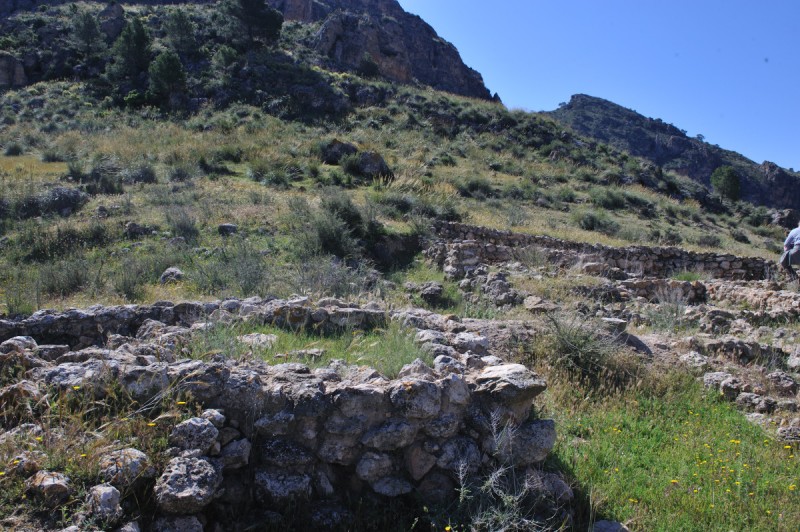
Wine production in Jumilla dates from 5,000 years ago As is the case in so many parts of Spain, the history of Jumilla reveals the influences of the many different civilizations and cultures which have been present in the municipality ever since the first human activity here, and shows how, from the cave paintings of pre-history to the 21st century town we know today, the story is one of a struggle for survival and prosperity. That relative..
READ MORE